Introduction
Let’s get real. You’re drowning in busywork. Your team builds spreadsheets, chases approvals, and copy-pastes the same damn thing across five platforms. A client email takes an hour to route. Errors creep in. A report lands on your desk wrong—again. Staff feel burned out, frustrated, and stuck. You’re scaling, but every new hire stretches your processes thinner. Operations should be oil-slick. Instead, it’s molasses.
You’re here for a fix that works, not another buzzword promise. This blog breaks down exactly how AI workflow automation can slash wasted hours, cut errors, and unlock real, scalable growth. Not theory: steps, examples, and practical proof. You’ll see how we and companies like yours use Kuhnic’s AI to scale teams, save real money, and move fast without chaos.

Why Classic Processes Fail When You Scale?
Manual everything doesn’t scale—it strangles.
Most workflows were built for small teams, small volumes, and a simpler world. Maybe they worked then. But now, every doc, approval, and ticket is a bottleneck. For your ops, that means:
Email chains that die in the inbox
Disjointed apps and double entry
Slow onboarding (good luck finding anything in the old CRM)
Constant rework and human error
As you grow, every bump gets magnified. The costs skyrocket:
$6,000: Average cost per year just for handling errors in billing and data entry for mid-size firms
40%: Performance boost seen by companies automating repetitive workflows
3x: Faster to roll out projects when AI automation is baked in, not tacked on
You lose hours on tickets, approvals, and recruitment. You can’t see where the time goes. Most frustrating? Everyone knows these fixes exist. Yet, change feels risky. But the pain catches up every time you add a new client, service, or team.
What Is AI Workflow Automation?
AI workflow automation means using smart software that learns patterns and automates work—not just static rules, but real “if-this-then-that” logic that adapts. Think of it as the difference between a robot that always does X, and an assistant that learns you, your business, and solves routine headaches without waiting for instructions.
Here’s how it shows up in real-world workflows:
Reads inbound client emails, triages urgency, and updates your CRM
Auto-generates contracts and routes for e-signature, tracking every stage
Notifies the right team member instantly—no manual forwarding
Checks compliance rules on invoices, flags mismatches before approval
Handles support requests via chatbot, resolving 80% automatically
You keep the humans for the important stuff, behaviour, negotiation, judgment. Let AI handle bottlenecks and the busywork. According to McKinsey, companies that adopt AI-driven automation can improve productivity by 20–30 percent and reduce costs by up to 30 percent

Step-By-Step: How AI Automation Works
1. Map Your Mess
You list every process that grinds work to a halt. Approvals, onboarding, client intake, reconciliations. Step one is ruthless honesty—find the friction.
2. Automate the Bottleneck
AI software (like Kuhnic’s agentic platform) plugs into your existing systems—CRM, ERP, HR tools—without ripping out what works. It learns from your data, habits, and historical flows.
3. Adaptive Execution
Instead of static rules, AI agents use reasoning. Missed an approval? It nudges the right person. Received a contract? It checks for missing info, routes for correction, and keeps logs. The more you use it, the smarter it gets.
4. Measurable Delivery
Every workflow tracked, error rates drop, and handoffs become visible. You see real numbers: time spent, tasks completed, failures flagged.
5. Scale Out (Without the Chaos)
Once live, you don’t hire more people for more workload. The AI adapts—handling more tickets, more approvals, more clients. Scaling is now just more data, not more complexity.
Real Micro-Example: CRM Lead Automation (Kuhnic Client Story)
Imagine you run IT services with 50+ staff. Leads come in via website, LinkedIn, and partner referrals. Before AI, marketing copied leads into CRM, checked for duplicates, and manually assigned them to sales. It took two hours per day. Errors led to missed opportunities.
Kuhnic set up a simple AI workflow:
Ingests new leads from all channels
Checks for duplicates instantly
Assigns leads based on preset criteria (region, deal value)
Sends custom intro email (personalized but automated)
Alerts the right sales rep if urgent
Net result:
Time to qualify a new lead: dropped from 2 hours to 7 minutes
Qualified lead volume jumped by 30%
Social media engagement up 15% (thanks to no lost opportunities)
No added headcount. The same team did 2x more with less burnout
All it took: a two-week setup, some training, and trust. The difference showed up on the monthly report—the business could scale outreach without scaling cost.
Use Cases Across Industries (No Jargon)
Customer Service
Chatbots resolve FAQs, route complex tickets, and escalate emergencies. Clients get instant response, employees waste less time—support costs fall.
HR and Recruitment
AI screens applicants, schedules interviews, and onboards hires. Managers focus on fit, not paperwork.
Finance
Automates invoice processing, flags fraud risk, and handles approvals. CFO sees clean, timely reports.
IT and Security
AI bots watch systems, patch vulnerabilities, and handle basic support. Threats get fixed before anyone panics.
Marketing & Sales
AI pulls customer data, personalizes email blasts, and nurtures leads. Your team closes deals, not manages spreadsheets.
Legal Firms
AI drafts contracts, checks compliance, and routes for review. Lawyers focus on negotiation, not admin.

Conclusion
Scaling your business isn’t just about growth—it’s about staying sharp, efficient, and ready to adapt. AI workflow automation lets you handle more clients, more processes, and more complexity without the burnout and chaos. With Kuhnic, you get automation that thinks, learns, and works with your people—not against them. Your business stops drowning in admin and starts leading with impact.
Want to see how this works inside your business? Book a 20-minute walkthrough with an expert at Kuhnic. No fluff. Just clarity.
FAQs
How does Kuhnic’s AI Workflow Automation differ from basic RPA bots?
Kuhnic’s AI agents aren’t static—they learn from your actual workflows. Unlike basic bots that follow hard-coded rules, Kuhnic adapts, reasons, and gets smarter as you scale, handling unstructured and dynamic tasks for real business impact.
What results can I expect in the first 90 days?
Most clients see measurable efficiency gains (25–40% time saved), lower error rates, and fast integration with tools like CRM, ERP, and HR platforms. ROI often shows up on operational reports inside the first quarter.
Which systems can Kuhnic integrate with?
Kuhnic is built to be plug-and-play with popular platforms—Salesforce, Microsoft 365, custom ERP, partner portals, finance tools—and works well in law, IT, and consulting verticals. No rip-and-replace needed.
What does scaling with Kuhnic really look like?
Start with pilot workflows (the biggest pain points), refine with data, then roll out across departments. Kuhnic supports fast, safe deployment, upskills teams, and shows real progress with dashboard metrics.
Is my data secure?
Absolutely. Kuhnic and partners like Transputec deploy AI in secure cloud environments, managed through SOC/NOC, with full compliance and data protection baked in. Security was never an afterthought—it’s part of the service model.




